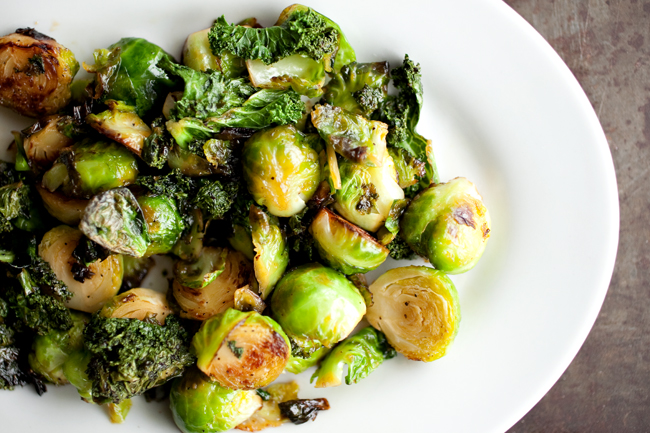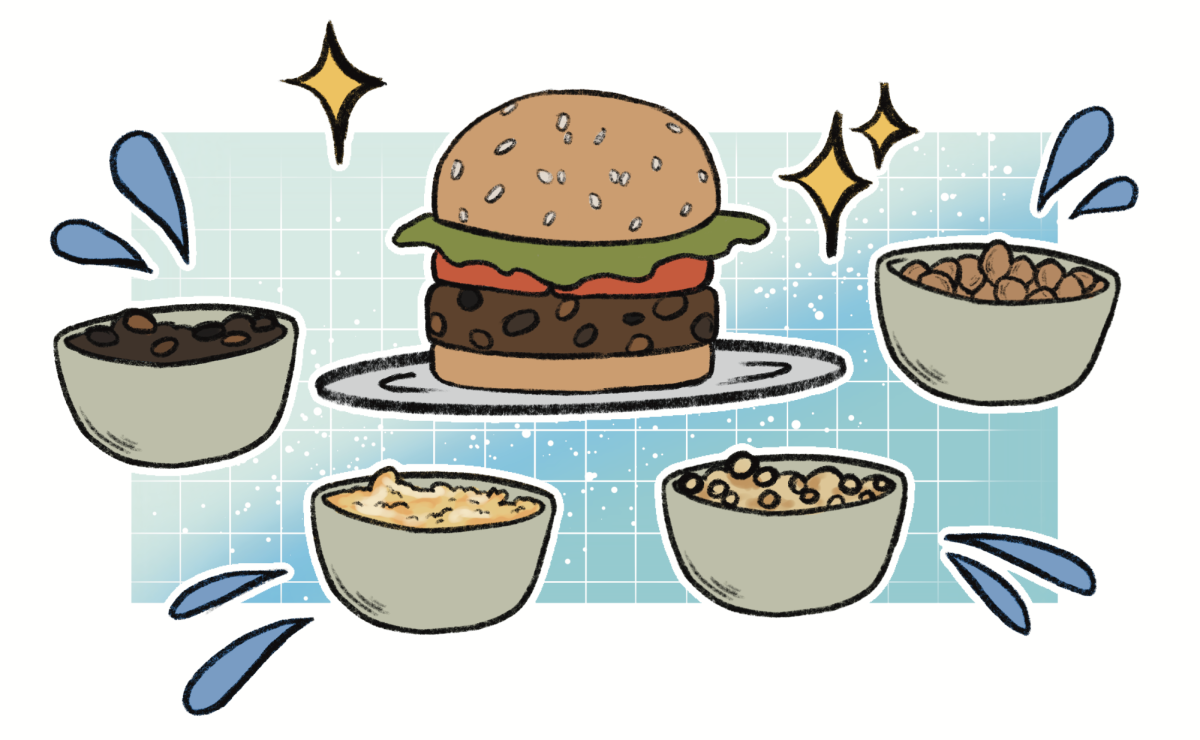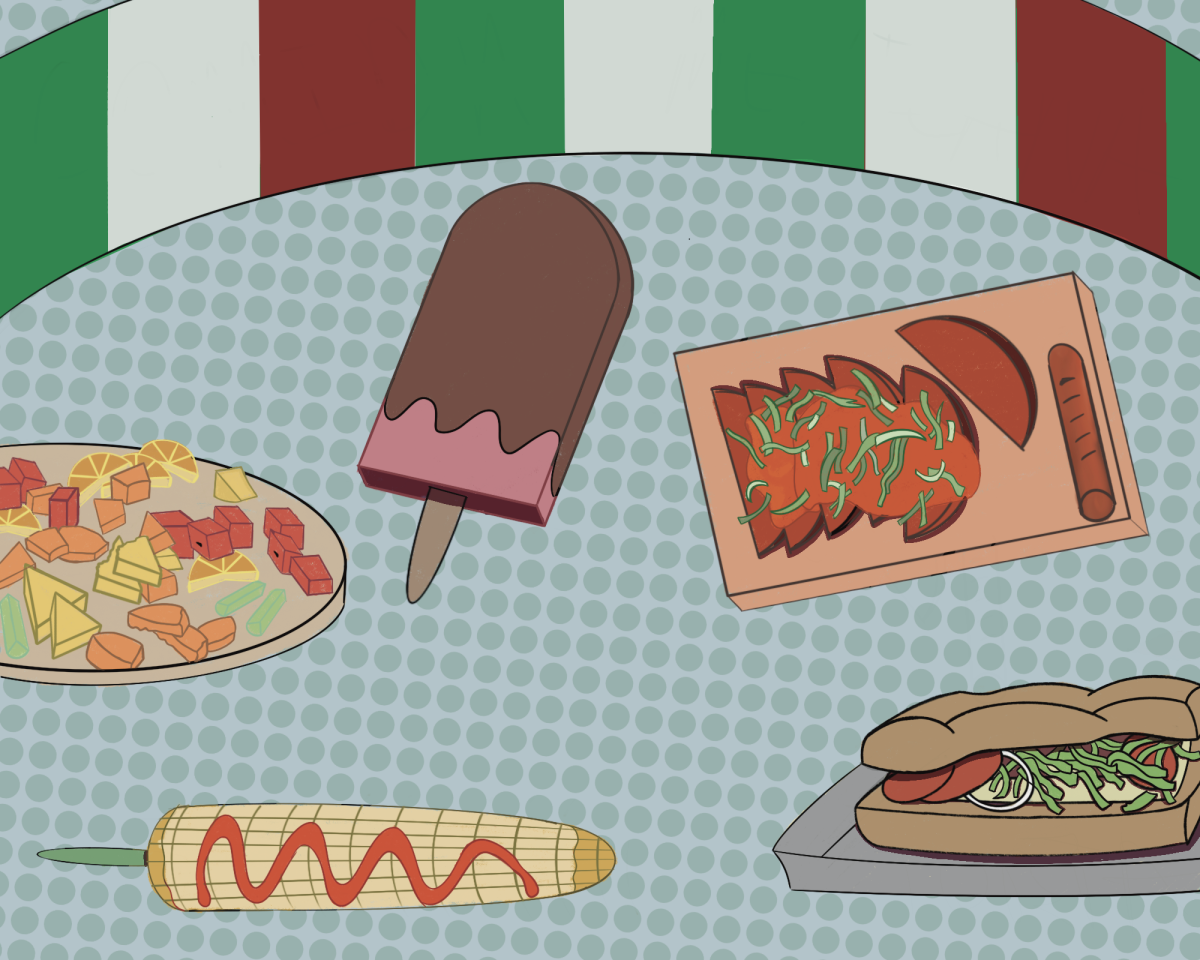“Eat your vegetables.” It’s a phrase people love to emphasize, but more often than not, the action is easier said than done. Just imagining slimy kale and mushy boiled Brussels sprouts will instantly diminish your vegetable appetite.
Here’s the good news: With tender loving care, vegetables can be delicious. In particular, the Brassica family of vegetables — which includes cauliflower, kale, broccoli, Brussels sprouts and cabbage — deserves some extra attention.
Brassicas are all low in calories and high in vitamins and minerals. Many Brassicas, in season from mid-fall through winter, elevate your cooking and health in one fell swoop. They’re flexible vegetables that can be prepared in a variety of ways while still retaining their fresh flavors.
The smell that emanates from cauliflower and broccoli derives from glucosinolates, or sulfur-containing compounds which activate detoxification within the body and help to prevent cancer and other diseases.
The more you cook cauliflower and broccoli, the less the nutrients will stay intact — a result of overheating. Break the heads into small florets and dip them into hummus raw, or throw them into a skillet for a quick cook with some garlic and onions. Process florets in a food processor to make rice-sized bits and quickly pan-fry them in some olive oil for a guilt-free side dish.
Kale is a tender green that comes in several varieties, including both flat and curly. Kale won’t keep as long as its Brassica relatives, so be sure to buy it fresh and keep it cold in your refrigerator. Also, be sure to de-stem the kale before cooking. Throw kale into smoothies or roast it to make kale chips to snack on in class.
Cabbage, the least-celebrated Brassica member, deserves some TLC, too. It’s often found in Asian or European kitchens, but it’s full of cancer-fighting antioxidant compounds and low in calories. Cabbage comes in several forms, including typical red and green varieties found in grocery stores and bok choy. Use it for soups or grill large chunks for a healthy backyard party.
Brussels sprouts grow on stalks and resemble baby cabbages when they’re removed. They’re high in fiber and vitamins C and K and are full of the same cancer-fighting properties as their Brassica cousins.
Shred your sprouts and eat them raw in salads, or pan-fry them for extra crispy treats better than any French fry you’ve had. When cooking whole, trim off any excess leaves on the outside of a sprout, but keep the rest intact.
Want to test the Brassica waters? Try this recipe for honey lemon Brussels sprouts and kale:
Ingredients:
- – 2 tablespoons extra virgin olive oil
- – 3 cups Brussels sprouts, halved
- – 1 cup kale, chopped
- – 1/2 lemon, juiced
- – 2 tablespoons raw unfiltered honey
- – Salt and pepper, to taste
Directions:
- – Heat olive oil in a large pan skillet over medium-high heat. Add Brussels sprouts and cook, stirring occasionally, until they begin to brown slightly and are tender.
- – Add kale, lemon juice and honey and cook for several more minutes. Add salt and pepper according to preference, then serve and enjoy.





















